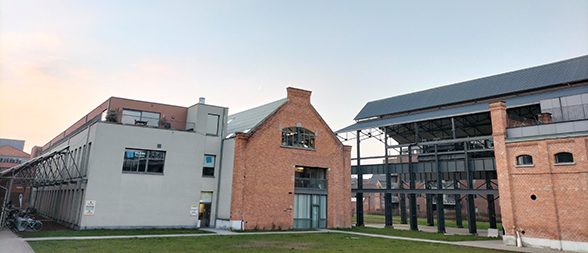(A)biotic degradation of oxo-degradable plastics
Oxo-degradable plastics are based on conventional plastics, like polyethylene (PE), polypropylene (PP), polystyrene (PS) and polyethylene terephthalate (PET), to which additives have been added aiming at (bio)degrading the plastic by a process initiated by oxygen and accelerated by light and/or heat.
For many years, ASTM D 6954 was the only guide available for testing oxo-degradable plastics. Since 2009, however, several other standards were developed in Europe and the Middle East, including, amongst others, UAE.S 5009 (United Arab Emirates), BS 8472 (UK) and SPCR 141 (Sweden).
The majority of these guides and standards is composed out of 3 so called ‘Tiers’:
Tier 1: Abiotic oxidative degradation
 Using accelerated conditions, samples are subjected to a regime of heat, moisture and/or light exposure in order to determine the time needed to reduce the molecular weight and/or the mechanical properties (e.g. elongation at break).
Using accelerated conditions, samples are subjected to a regime of heat, moisture and/or light exposure in order to determine the time needed to reduce the molecular weight and/or the mechanical properties (e.g. elongation at break).
Testing is performed in stages of 300 hours (12.5 days) and can be performed in line with ASTM D5208 or ISO 4892-3.
The fragmentation of the material is monitored at start and at the end of each stage. Photographs are taken at each interval.
Tier 2: Biodegradation
The residues from the Tier 1 tests are subjected to biodegradation testing using the environment in which the material is intended to end up after disposal (e.g. compost, soil, water, landfill,…). The residues are mixed with the inoculum and the amount and rate of CO2 production, in case of aerobic biodegradation, and additionally CH4 production, in case of anaerobic biodegradation, is measured.
Biodegradability testing can be performed under ‘certification’ or ‘screening’ conditions. Certification conditions are required in case results will be used for certification and/or making public claims. Screening conditions are suggested in case of early research and when results will only be used internally.
Testing is performed conform ISO 14855, ASTM D 5338 and/or EN 14046 (in compost), ISO 17556, ISO 11266 and/or ASTM D5988 (in soil), ISO 14851, ISO 9408, EN 29408, ASTM D 5271, OECD 301F and/or OECD 302C (in fresh water) and ASTM D 6691 (in marine water). Multiple sample discounts are offered in case several samples need to be tested in parallel.
Tier 3: Ecotoxicity
In order to show that the residues from the abiotic and biodegradation processes are not harmful to the environment, a measurement of the effect of the residues from Tier 1 or Tier 2 on a variety of living organisms should be performed.
These tests can include the measurement of germination rates of seeds such as cress, the growth and survival rate of earthworms (OECD Guideline 207), the growth of a variety of plants (OECD Guideline 208) and also survival, growth and/or immobilization of aquatic organisms like Rotifers, Daphnia or algae.

